Home>Furniture & Design>Interior Design Trends>Which Symbols Represent The Ions In A Glass Of Water
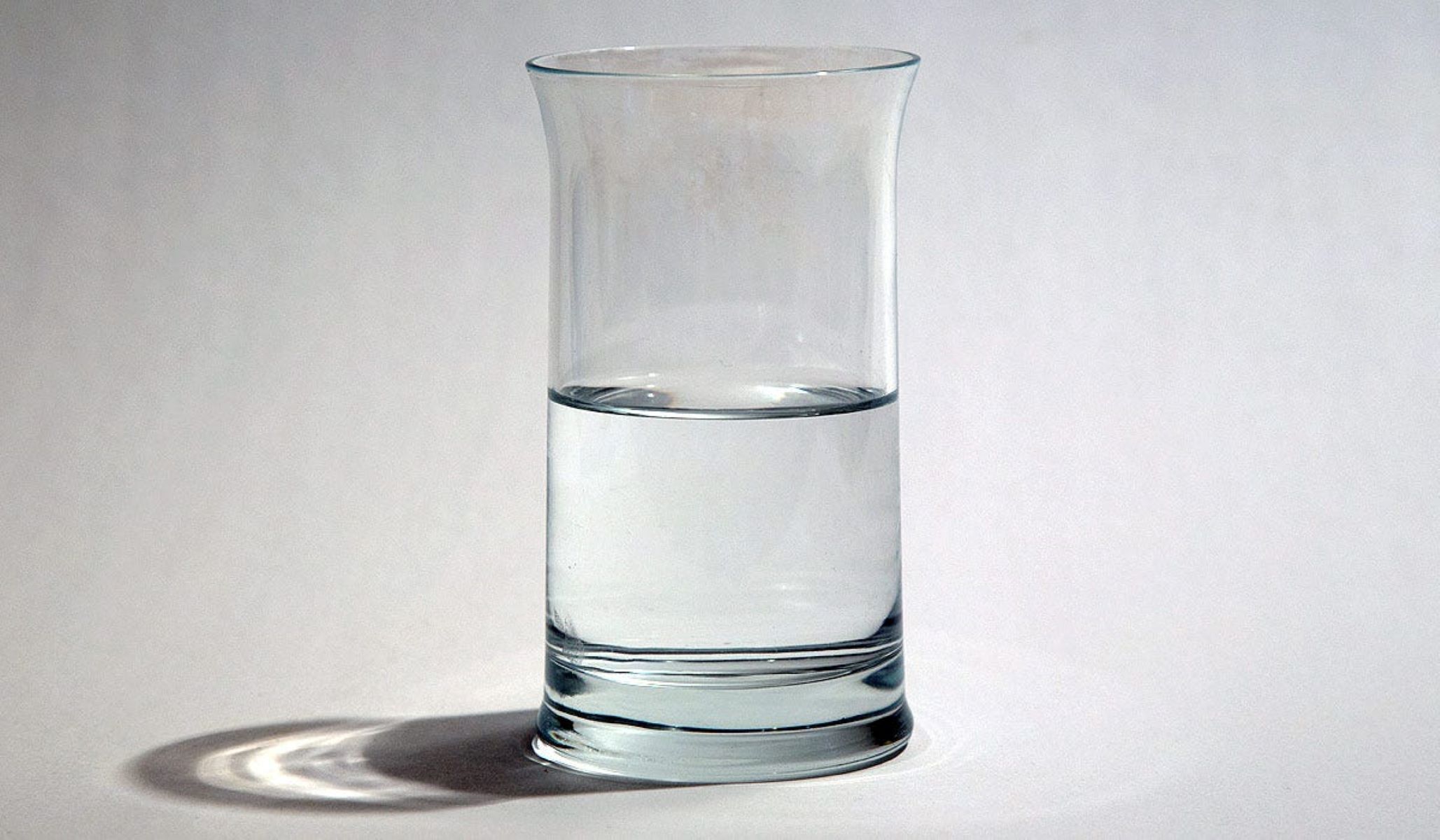

Interior Design Trends
Which Symbols Represent The Ions In A Glass Of Water
Modified: February 18, 2024
Discover the latest interior design trends and find out which symbols represent the ions in a glass of water. Stay updated with the latest trends in interior design.
(Many of the links in this article redirect to a specific reviewed product. Your purchase of these products through affiliate links helps to generate commission for Storables.com, at no extra cost. Learn more)
Introduction
Understanding the symbols that represent ions in a glass of water is fundamental to comprehending the chemical composition and behavior of this ubiquitous substance. In the context of water, ions play a crucial role in determining its properties, including its taste, ability to conduct electricity, and its interaction with other substances. The symbols for the ions present in water are essential for scientists, students, and enthusiasts alike, as they provide a concise and universally recognized way to represent these charged particles.
In this article, we will delve into the symbols that represent the key ions found in a glass of water, namely the hydrogen ion, the hydroxide ion, the sodium ion, and the chloride ion. By exploring these symbols, we aim to shed light on the intricate world of water chemistry and empower readers to grasp the significance of these ions in the context of everyday life and scientific inquiry.
Understanding the symbols for these ions not only facilitates the comprehension of chemical equations and reactions involving water but also serves as a gateway to appreciating the broader role of ions in various natural and synthetic processes. As we embark on this exploration, it is essential to keep in mind that these symbols are not mere arbitrary representations; rather, they encapsulate the fundamental nature of these ions and their behavior in aqueous solutions.
With this foundation in place, let us embark on a journey to unravel the symbols that represent the ions in a glass of water, unveiling the intricate language of chemistry that underpins the essence of this vital compound.
Key Takeaways:
- Water’s ions, like H+ and OH–, affect its taste and behavior. They’re like tiny characters in a chemical story, influencing how water interacts with other substances and even its ability to conduct electricity.
- Sodium ions (Na+) and chloride ions (Cl–) from table salt also join the chemical dance in water. They not only add a salty taste but also play a role in balancing charges and influencing the properties of water.
Read more: Which Ion Is Found In A Glass Of Water?
The Symbol for Hydrogen Ion
The symbol for the hydrogen ion, which plays a pivotal role in the chemistry of water, is represented as H+. This symbol succinctly encapsulates the essence of this positively charged particle, offering a glimpse into its behavior and interactions within aqueous environments. The hydrogen ion, often referred to as a proton, is a fundamental component in the realm of acid-base chemistry and is central to the concept of pH, a measure of the acidity or alkalinity of a solution.
In the context of a glass of water, the presence of hydrogen ions stems from the dissociation of water molecules into hydronium ions (H3O+) and hydroxide ions (OH–). This dissociation occurs as a result of the self-ionization of water, a process wherein water molecules act as both acids and bases, giving rise to these essential ions. The symbol H+ serves as a concise representation of the hydrogen ion's charge and its significance in influencing the properties of water.
The behavior of the hydrogen ion in water is integral to numerous chemical processes, including acid-base reactions and the conductance of electricity. Its ability to donate a proton in chemical reactions underpins its role as an acid, while its interactions with hydroxide ions contribute to the delicate balance of acidity and alkalinity in aqueous solutions. Furthermore, the presence of hydrogen ions influences the taste of water, with higher concentrations of these ions imparting a sour or acidic flavor.
In the realm of chemical equations and scientific discourse, the symbol H+ serves as a fundamental building block, allowing chemists and researchers to succinctly represent the involvement of hydrogen ions in various reactions and processes. This symbol transcends language barriers, providing a universal means of communication and understanding in the realm of chemistry.
By delving into the symbol for the hydrogen ion, we gain insight into the intricate language of chemistry and the profound impact of ions on the behavior and properties of water. This symbol not only represents a charged particle but also serves as a gateway to understanding the dynamic interplay of ions in aqueous solutions, enriching our comprehension of the fundamental nature of water and its role in the broader tapestry of chemical phenomena.
The Symbol for Hydroxide Ion
The symbol for the hydroxide ion, a crucial participant in the chemistry of water, is represented as OH–. This concise symbol encapsulates the essence of the hydroxide ion, offering a glimpse into its behavior and interactions within aqueous environments. In the context of a glass of water, the presence of hydroxide ions arises from the dissociation of water molecules into hydronium ions (H3O+) and hydroxide ions (OH-</sup), a process known as self-ionization. This fundamental equilibrium process is pivotal in understanding the behavior of water and its interaction with other substances.
The hydroxide ion, with its negative charge, plays a pivotal role in determining the basic or alkaline nature of a solution. Its presence in water contributes to the measurement of pH, a fundamental parameter that characterizes the acidity or alkalinity of a solution. The hydroxide ion's ability to accept a proton in chemical reactions underpins its role as a base, influencing various chemical processes and contributing to the diverse array of properties exhibited by aqueous solutions.
In the realm of chemical equations and scientific discourse, the symbol OH– serves as a fundamental representation, allowing chemists and researchers to succinctly denote the involvement of hydroxide ions in various reactions and processes. This symbol transcends language barriers, providing a universal means of communication and understanding in the realm of chemistry.
The behavior of the hydroxide ion in water is integral to numerous chemical processes, including acid-base reactions and the determination of solution properties. Its interactions with hydrogen ions contribute to the delicate balance of acidity and alkalinity in aqueous solutions, shaping the taste and reactivity of water. Furthermore, the presence of hydroxide ions influences the conductance of electricity in water, a phenomenon that underpins various industrial and scientific applications.
By delving into the symbol for the hydroxide ion, we gain insight into the intricate language of chemistry and the profound impact of ions on the behavior and properties of water. This symbol not only represents a charged particle but also serves as a gateway to understanding the dynamic interplay of ions in aqueous solutions, enriching our comprehension of the fundamental nature of water and its role in the broader tapestry of chemical phenomena.
The symbols for the ions in a glass of water are H+ for the hydrogen ion and OH- for the hydroxide ion. These ions are formed when water molecules dissociate.
The Symbol for Sodium Ion
The symbol for the sodium ion, a key participant in the chemistry of water, is represented as Na+. This concise symbol encapsulates the essence of the sodium ion, offering a glimpse into its behavior and interactions within aqueous environments. In the context of a glass of water, the presence of sodium ions arises from the dissolution of sodium-containing compounds, such as table salt (sodium chloride), in water. This process leads to the dissociation of sodium ions and chloride ions, contributing to the overall composition and behavior of the aqueous solution.
Sodium ions, with their positive charge, play a crucial role in influencing the taste and behavior of water. The presence of sodium ions in water can impart a characteristic salty flavor, a phenomenon that has profound implications for culinary applications and the sensory experience of consuming water and aqueous solutions. Furthermore, the behavior of sodium ions in water extends beyond taste, as their interactions with other ions and substances contribute to the overall properties and reactivity of the solution.
In the realm of chemical equations and scientific discourse, the symbol Na+ serves as a fundamental representation, allowing chemists and researchers to succinctly denote the involvement of sodium ions in various reactions and processes. This symbol transcends language barriers, providing a universal means of communication and understanding in the realm of chemistry.
The behavior of sodium ions in water is integral to numerous chemical processes, including the conduction of electricity and the modulation of solution properties. The ability of sodium ions to facilitate the flow of electrical current in water is a fundamental aspect of their behavior, with implications for diverse applications ranging from electrolysis to the functioning of biological systems. Additionally, the interactions of sodium ions with other ions and molecules in water contribute to the overall balance of charges and the dynamic equilibrium that characterizes aqueous solutions.
By delving into the symbol for the sodium ion, we gain insight into the intricate language of chemistry and the profound impact of ions on the behavior and properties of water. This symbol not only represents a charged particle but also serves as a gateway to understanding the dynamic interplay of ions in aqueous solutions, enriching our comprehension of the fundamental nature of water and its role in the broader tapestry of chemical phenomena.
The Symbol for Chloride Ion
The symbol for the chloride ion, a pivotal participant in the chemistry of water, is represented as Cl–. This concise symbol encapsulates the essence of the chloride ion, offering a glimpse into its behavior and interactions within aqueous environments. In the context of a glass of water, the presence of chloride ions arises from the dissolution of chloride-containing compounds, such as table salt (sodium chloride), in water. This process leads to the dissociation of chloride ions and sodium ions, contributing to the overall composition and behavior of the aqueous solution.
Chloride ions, with their negative charge, play a crucial role in influencing the taste and behavior of water. The presence of chloride ions in water can impart a characteristic salty flavor, a phenomenon that has profound implications for culinary applications and the sensory experience of consuming water and aqueous solutions. Furthermore, the behavior of chloride ions in water extends beyond taste, as their interactions with other ions and substances contribute to the overall properties and reactivity of the solution.
In the realm of chemical equations and scientific discourse, the symbol Cl– serves as a fundamental representation, allowing chemists and researchers to succinctly denote the involvement of chloride ions in various reactions and processes. This symbol transcends language barriers, providing a universal means of communication and understanding in the realm of chemistry.
The behavior of chloride ions in water is integral to numerous chemical processes, including the modulation of solution properties and the maintenance of ionic balance. The interactions of chloride ions with other ions and molecules in water contribute to the overall balance of charges and the dynamic equilibrium that characterizes aqueous solutions. Additionally, the presence of chloride ions influences the conductance of electricity in water, a phenomenon that has implications for diverse applications ranging from industrial processes to biological systems.
By delving into the symbol for the chloride ion, we gain insight into the intricate language of chemistry and the profound impact of ions on the behavior and properties of water. This symbol not only represents a charged particle but also serves as a gateway to understanding the dynamic interplay of ions in aqueous solutions, enriching our comprehension of the fundamental nature of water and its role in the broader tapestry of chemical phenomena.
Frequently Asked Questions about Which Symbols Represent The Ions In A Glass Of Water
Was this page helpful?
At Storables.com, we guarantee accurate and reliable information. Our content, validated by Expert Board Contributors, is crafted following stringent Editorial Policies. We're committed to providing you with well-researched, expert-backed insights for all your informational needs.

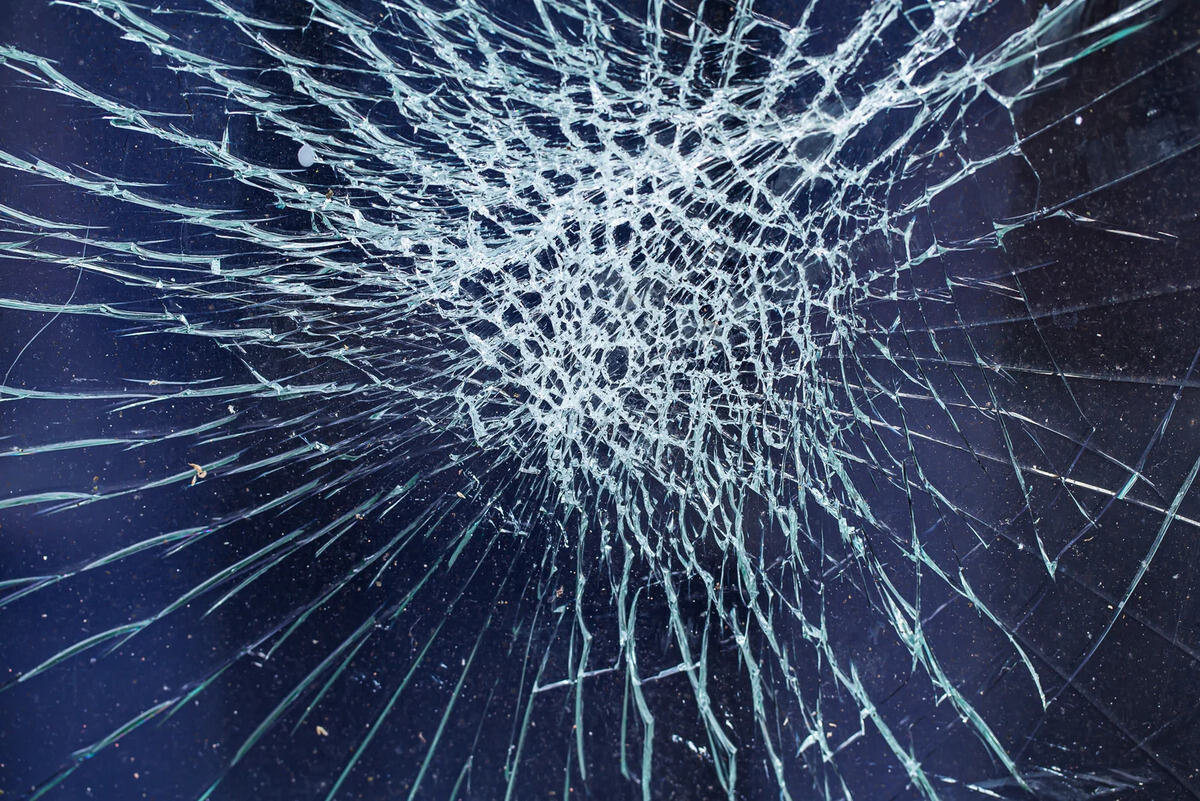
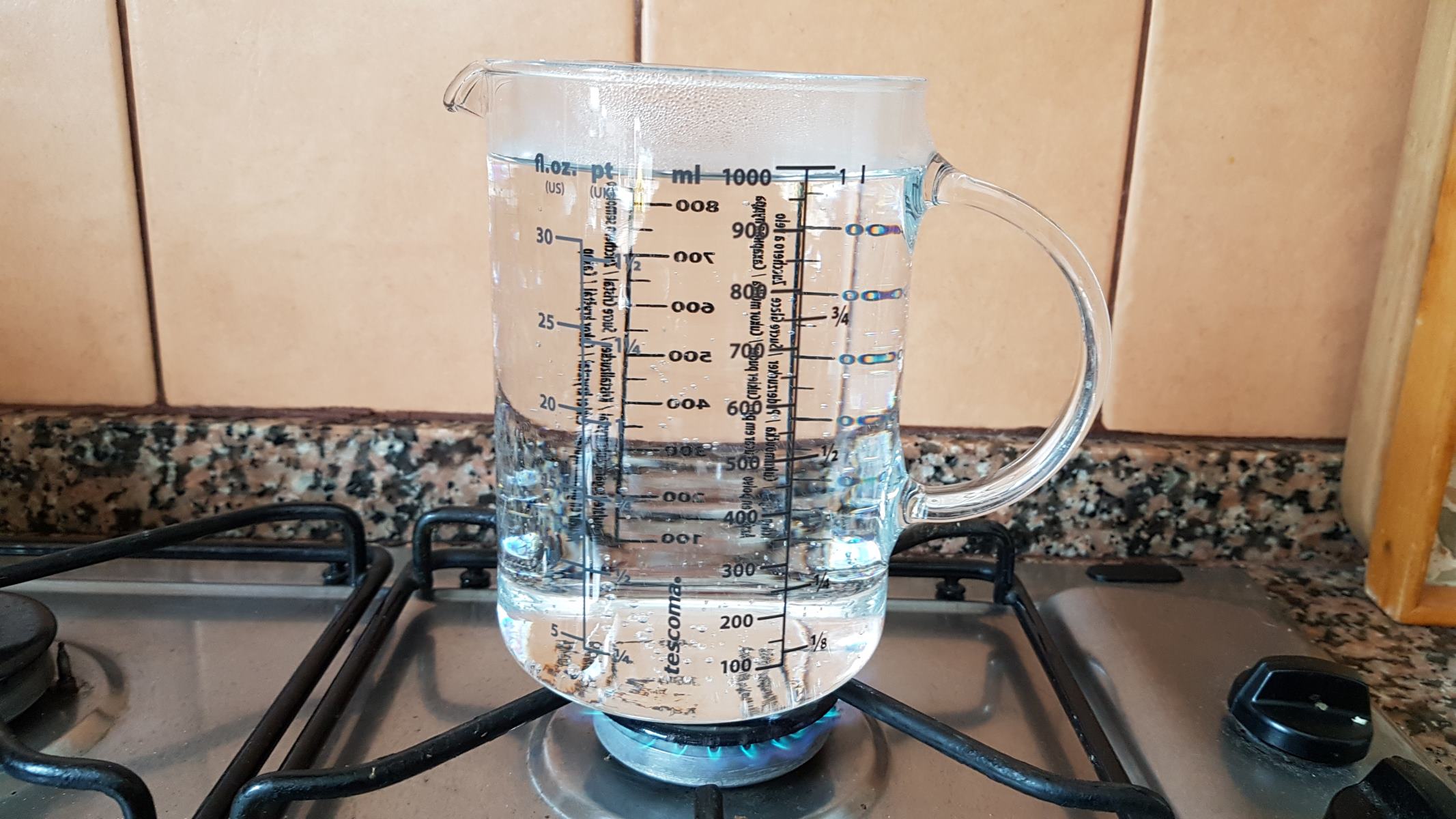

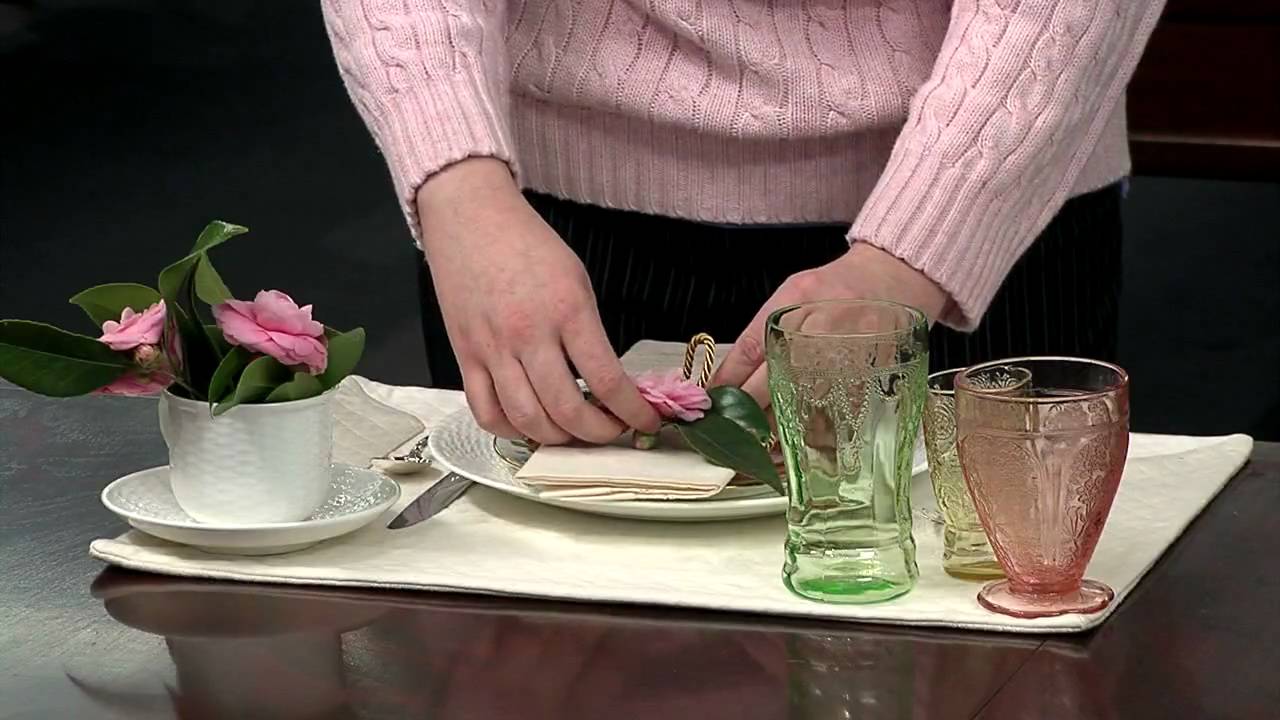

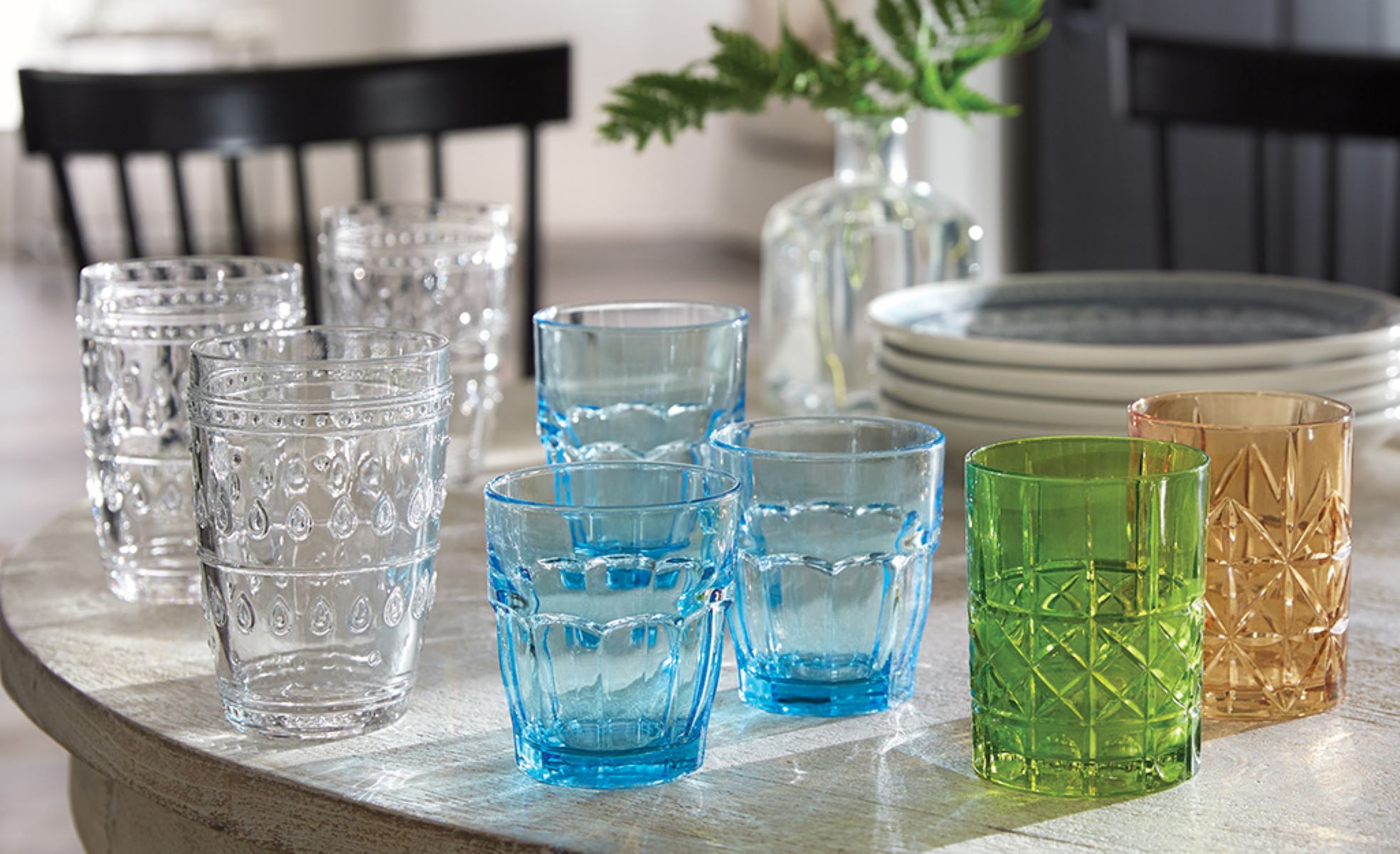
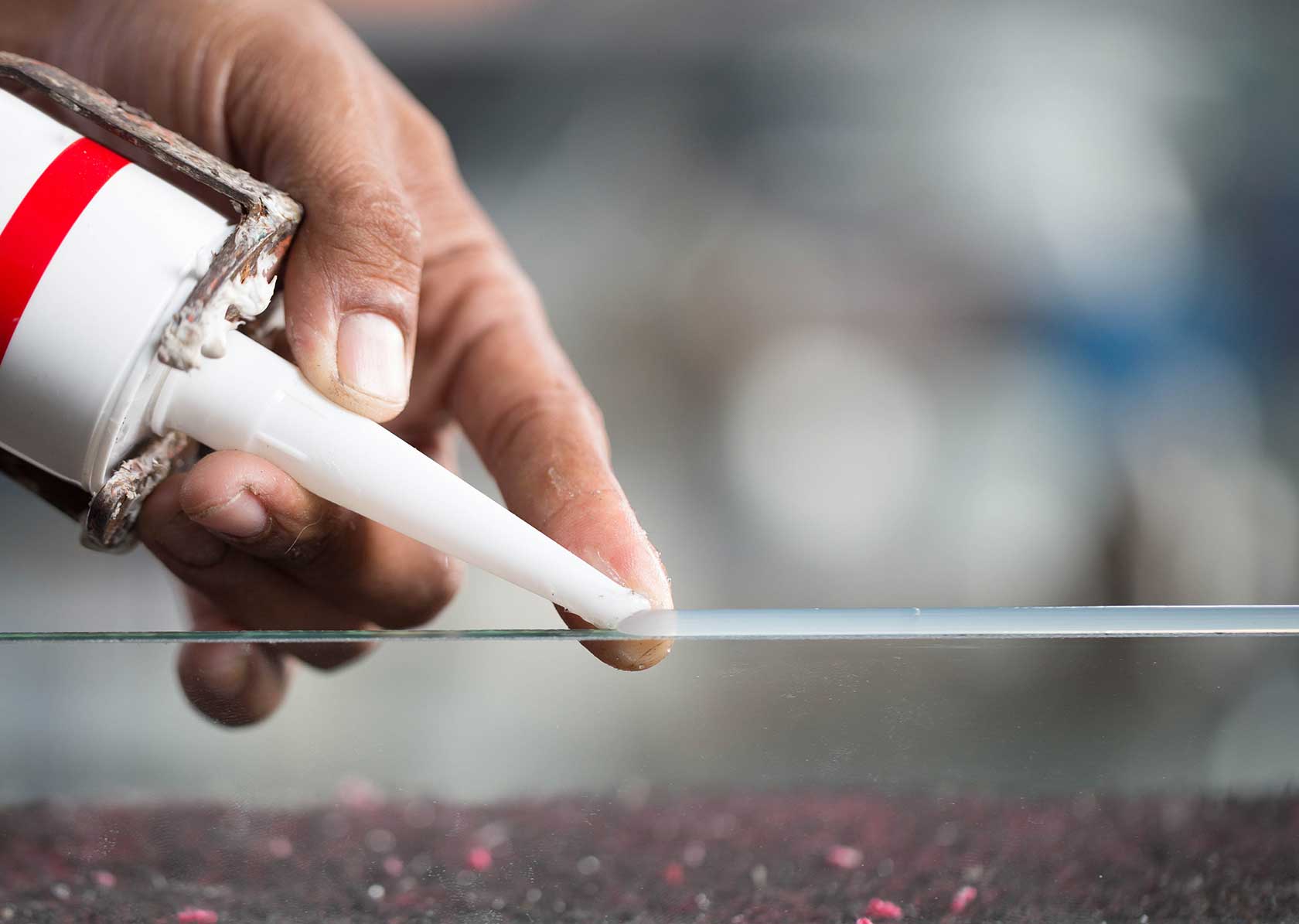
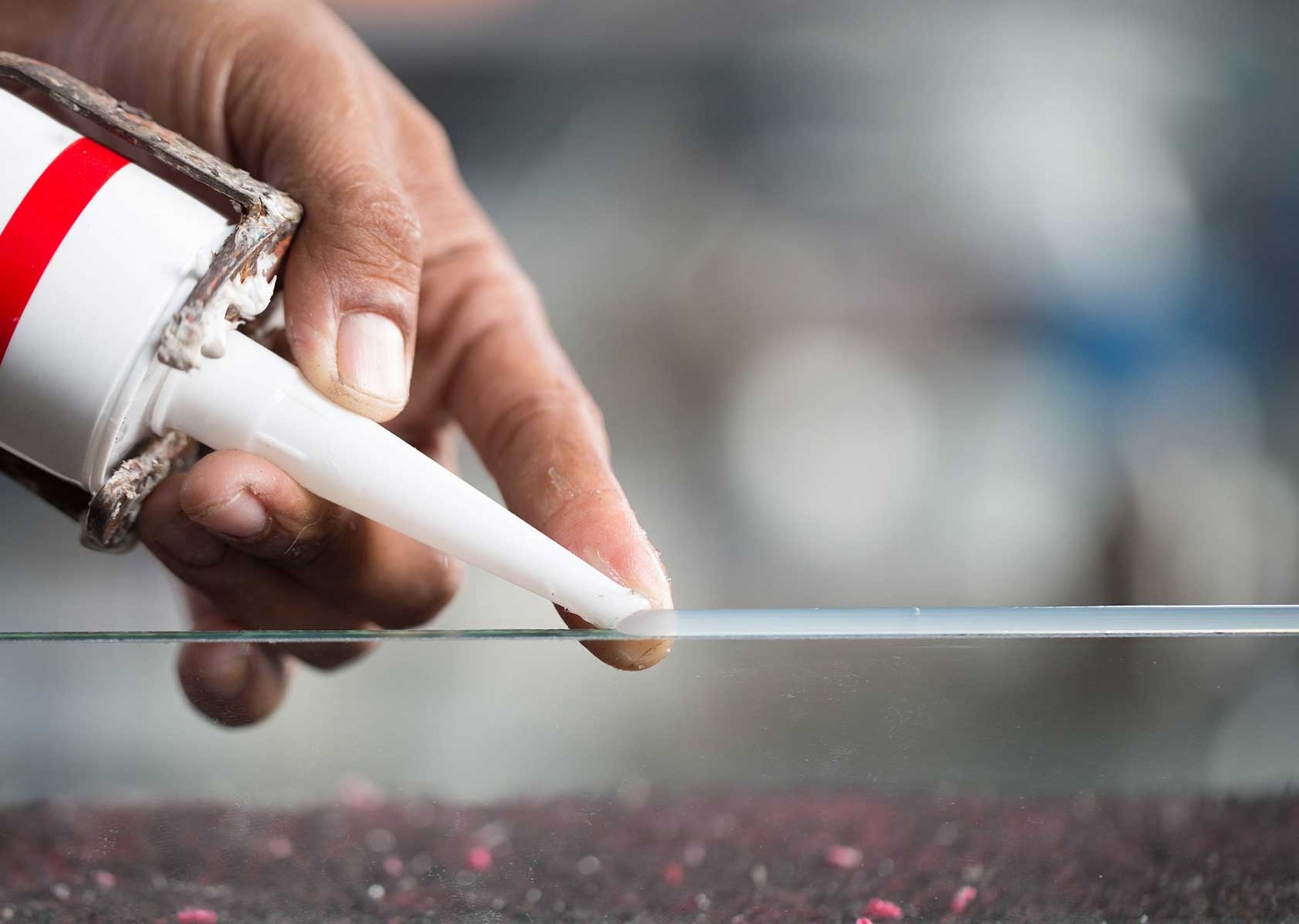



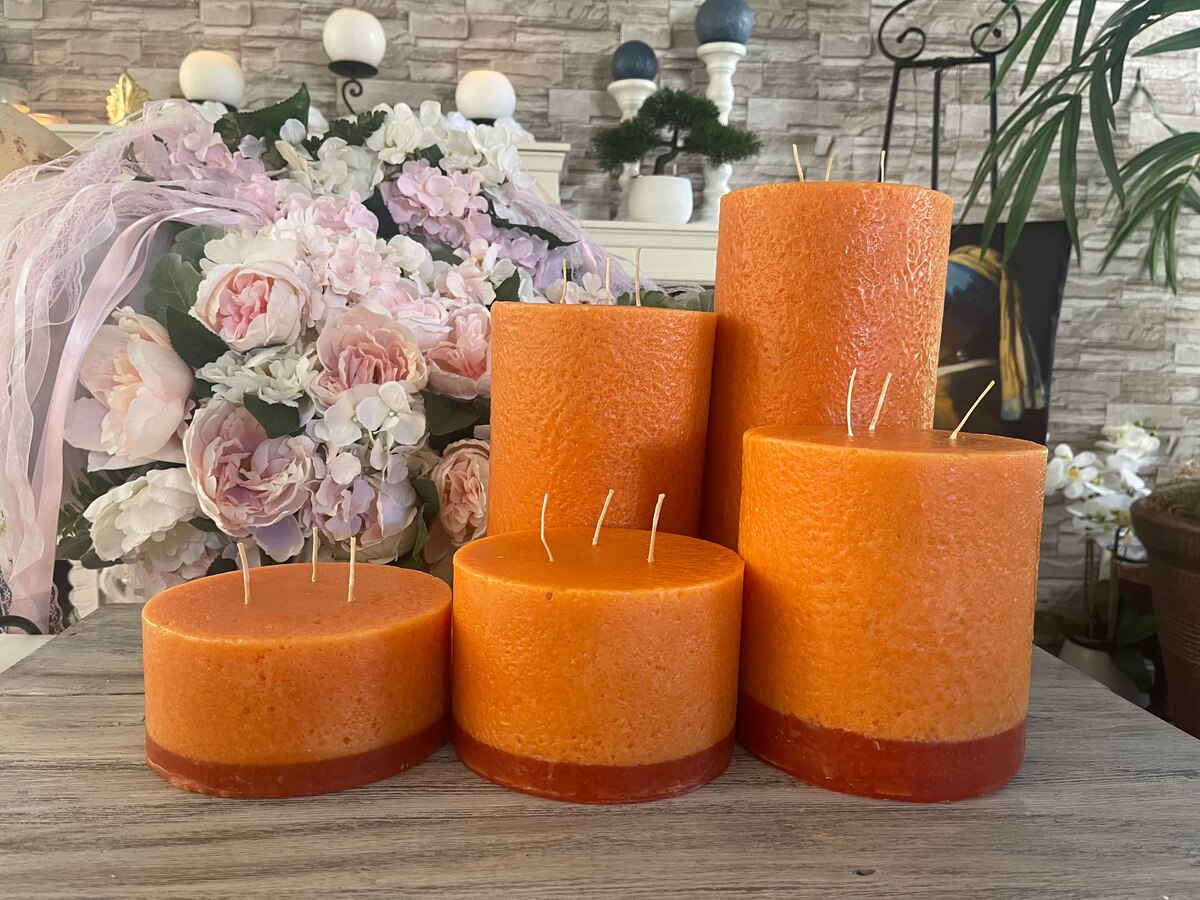
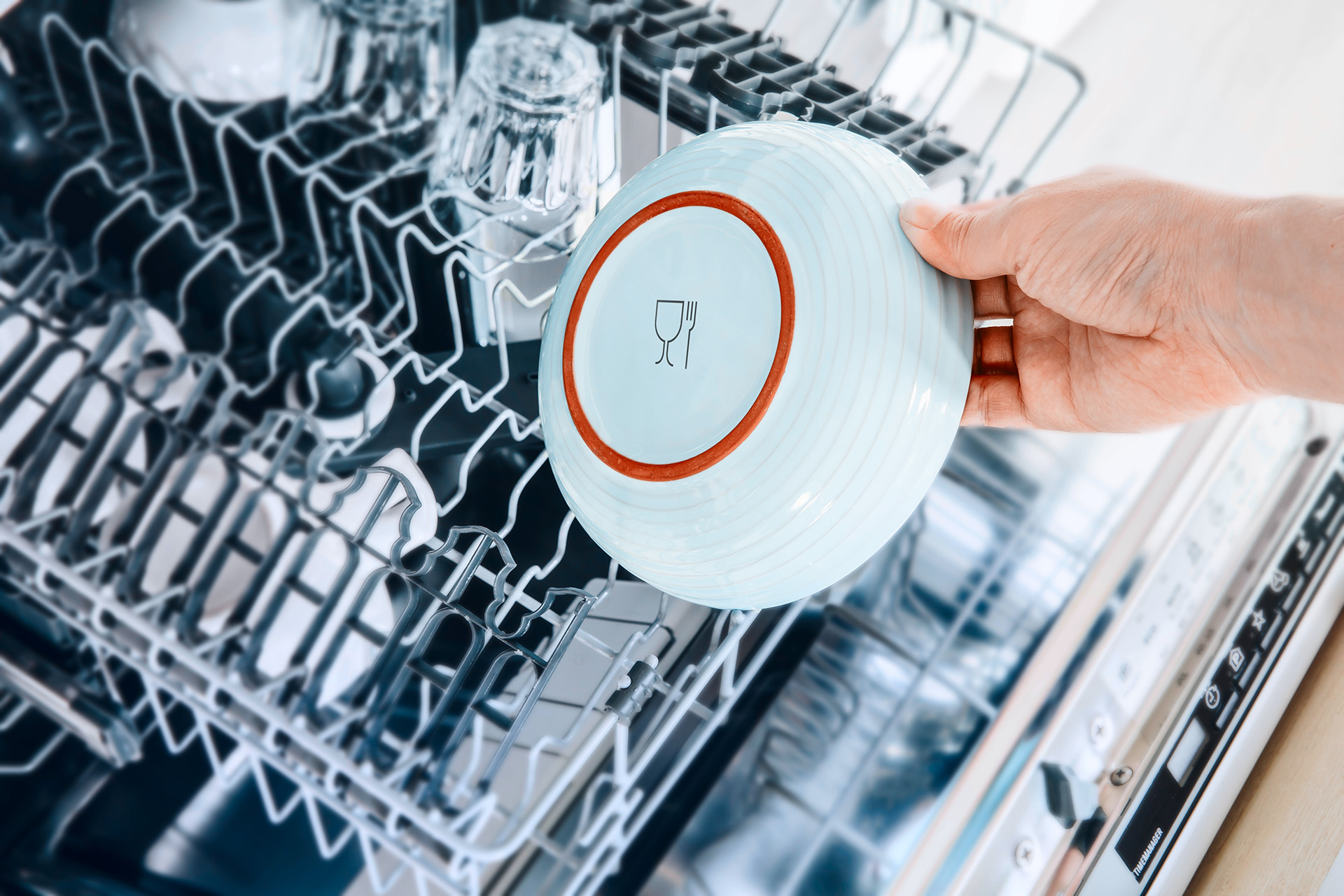
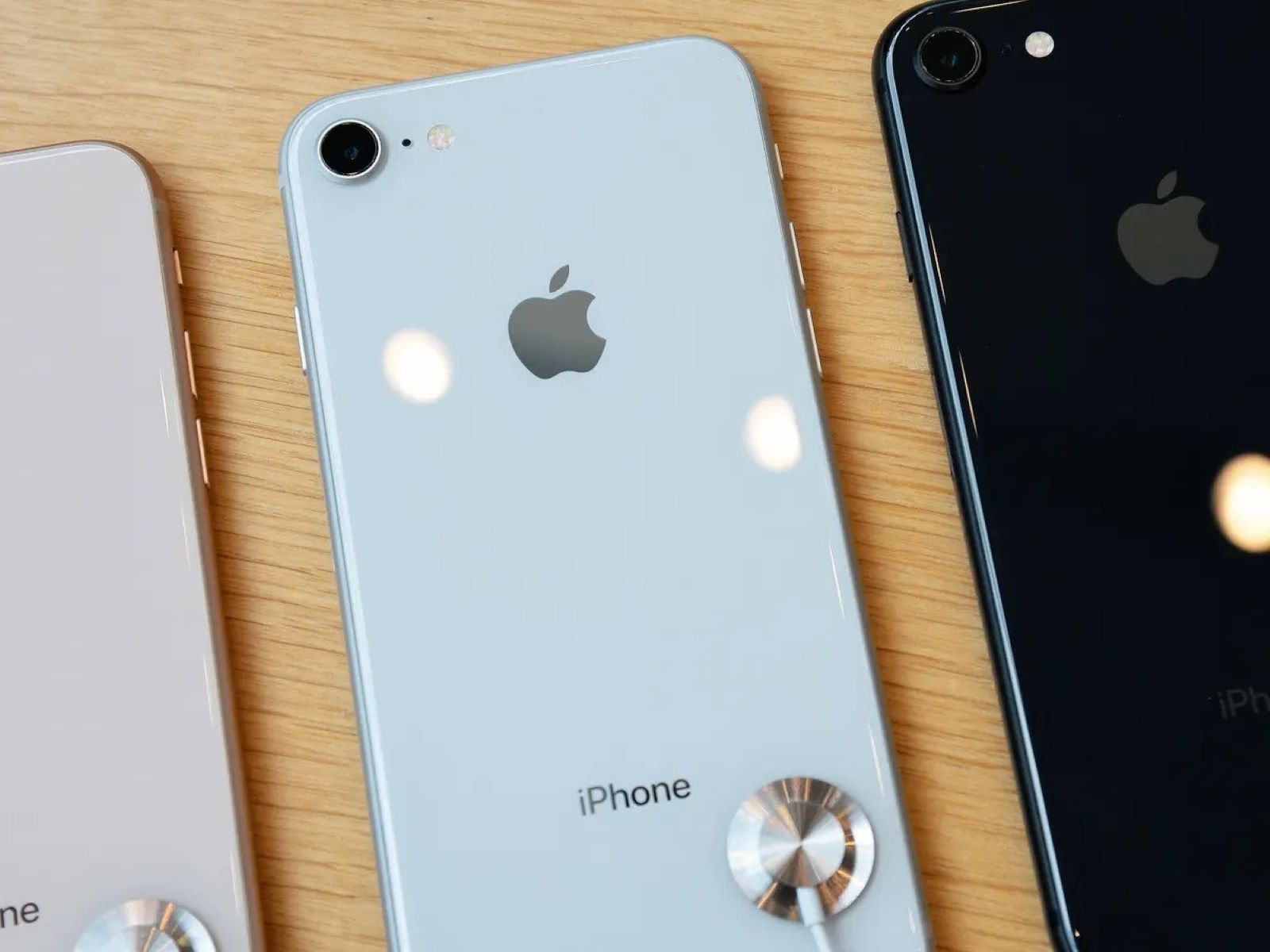

0 thoughts on “Which Symbols Represent The Ions In A Glass Of Water”